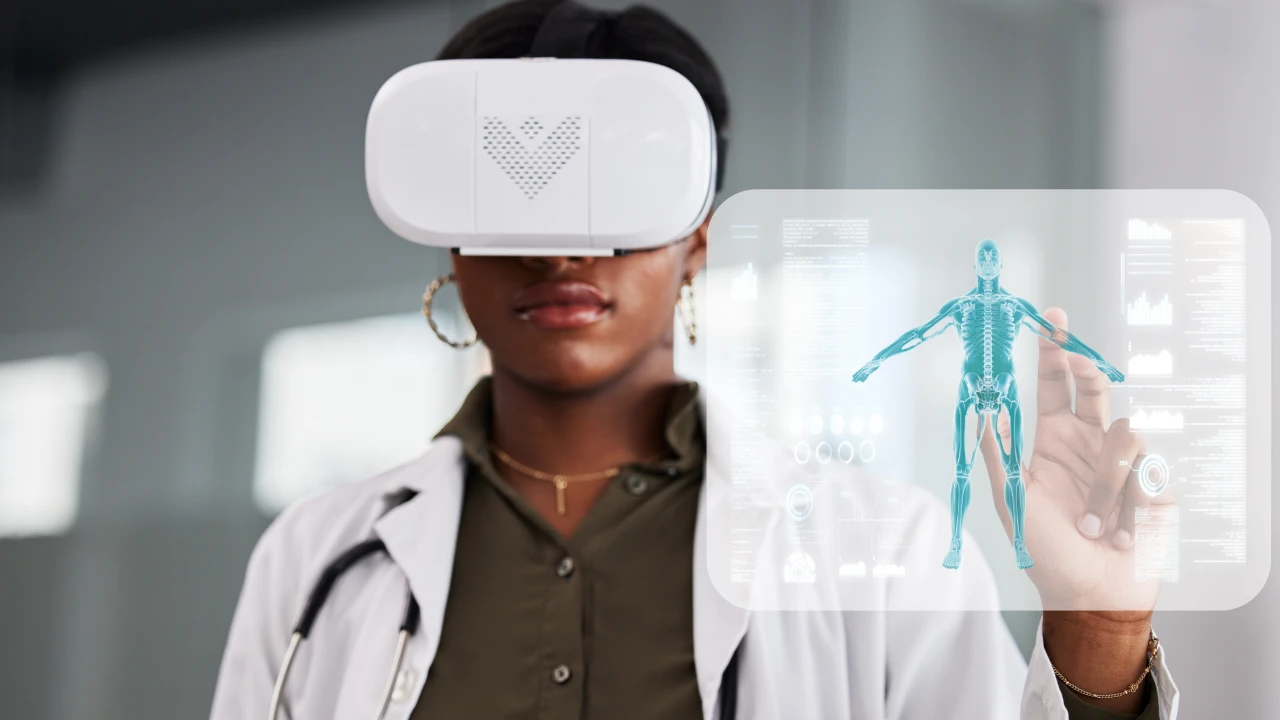The healthcare industry is rapidly evolving, with digital innovations leading the way in improving patient outcomes and overall healthcare efficiency. Among the most transformative trends is the rise of remote patient monitoring (RPM), a technology that allows healthcare providers to track patients’ health data in real-time without needing in-person visits. As we move deeper into 2024, RPM and other digital health innovations are reshaping the landscape of healthcare delivery.
The Rise of Remote Patient Monitoring (RPM)
Remote Patient Monitoring involves using digital devices to collect and transmit patient health data to healthcare providers. This technology enables continuous monitoring of patients’ vital signs, such as heart rate, blood pressure, and glucose levels, from the comfort of their homes. Patient monitoring has proven to be particularly beneficial for managing chronic conditions like diabetes, hypertension, and heart disease, allowing for timely interventions and reducing hospital readmissions.
In 2024, Patient remote monitoring is becoming more sophisticated, integrating with artificial intelligence (AI) and big data analytics to provide more accurate and personalized healthcare. AI algorithms can analyze data from wearable devices, predict potential health issues, and alert healthcare providers to take preemptive action. This proactive approach not only enhances patient care but also reduces healthcare costs by minimizing the need for emergency interventions.
The Role of AI in Healthcare
Artificial Intelligence (AI) is revolutionizing various aspects of healthcare, from diagnostics to treatment planning. AI-powered tools can process vast amounts of data quickly, helping doctors make more informed decisions. For instance, AI in healthcare is being used to interpret diagnostic imaging, predict patient outcomes, and even assist in drug discovery.
In the realm of patient monitoring, AI plays a crucial role in analyzing data from connected devices, identifying trends, and providing actionable insights to healthcare providers. This level of analysis was previously unattainable with traditional methods, marking a significant leap forward in patient care.
Telemedicine: A Permanent Fixture in Healthcare
The COVID-19 pandemic accelerated the adoption of telemedicine, and its benefits have ensured it remains a staple in healthcare. Telemedicine enables patients to consult with healthcare providers remotely, using video calls, messaging, and other digital communication tools. This approach has made healthcare more accessible, particularly for those in remote or underserved areas.
As of 2024, telemedicine continues to expand, with more specialized services being offered online. Mental health, dermatology, and chronic disease management are just a few areas where telemedicine is making a significant impact. Additionally, integrating telemedicine with RPM allows for comprehensive remote care, where patients can receive consultations and ongoing monitoring without leaving their homes.
Extended Reality (XR) in Healthcare
Extended Reality (XR), which includes virtual reality (VR) and augmented reality (AR), is finding its place in healthcare, offering new ways to train healthcare professionals and treat patients. For example, VR is used to create immersive training environments for surgeons, allowing them to practice complex procedures in a risk-free setting. AR, on the other hand, can overlay digital information onto the physical world, assisting in surgeries and other medical procedures.
These technologies are also being used in patient care, such as VR therapy for pain management and AR applications in physical rehabilitation. As XR continues to evolve, its potential in healthcare seems boundless.
The Impact of Wearables Devices and IoT
Wearable devices and the Internet of Things (IoT) are integral to the growth of RPM. Devices like smartwatches and fitness trackers have become more advanced, capable of monitoring a wide range of health metrics. These devices can track everything from heart rate and activity levels to sleep patterns and blood oxygen levels, providing valuable data that healthcare providers can use to monitor patients remotely.
The integration of IoT in healthcare goes beyond wearables. Smart hospital beds, connected medical devices, and IoT-enabled diagnostic tools are all part of the growing network of connected healthcare technologies. These innovations are improving the accuracy of diagnoses, streamlining hospital operations, and enhancing patient care.
Ensuring Data Security in the Age of Digital Health
With the increasing reliance on digital health technologies, ensuring data security has become more critical than ever. The healthcare industry handles vast amounts of sensitive patient data, making it a prime target for cyberattacks. As a result, healthcare providers must implement a robust cybersecurity framework to protect patient information effectively.
One of the key challenges in RPM and other digital health technologies is maintaining compliance with regulations like HIPAA in the U.S. and GDPR in Europe. These regulations require strict controls over how patient data is collected, stored, and shared. Healthcare providers must stay ahead of the curve, adopting the latest security technologies and protocols within their cybersecurity framework to safeguard patient data.
DrKumo: A Pioneer in Remote Patient Monitoring
DrKumo is at the forefront of the RPM revolution, offering cutting-edge solutions that empower patients and healthcare providers alike. By leveraging AI, IoT, and cloud-based technologies, DrKumo’s technology solution provides real-time monitoring, enabling proactive care and better health outcomes. Their solutions are designed to be user-friendly, ensuring that patients can easily integrate them into their daily lives.
DrKumo’s commitment to innovation and patient care is evident in its continuous efforts to improve its RPM solutions. As the healthcare industry evolves, DrKumo is well-positioned to lead the charge in making healthcare more accessible, efficient, and effective.
Takeaways
As we look ahead, it’s clear that digital health technologies like RPM, AI, telemedicine, and XR will continue to shape the future of healthcare. These innovations are not just enhancing patient care; they are redefining what is possible in the healthcare industry. For healthcare providers, staying informed about these trends is crucial to delivering the best possible care in an increasingly digital world.
In conclusion, the integration of digital technologies in healthcare is no longer a trend but a necessity. RPM, in particular, is transforming how we think about healthcare, making it more personalized, proactive, and patient-centered. As companies like DrKumo continue to innovate, the future of healthcare looks brighter than ever.
Ready to revolutionize your healthcare experience? Discover how DrKumo’s cutting-edge remote patient monitoring solutions can improve your health outcomes. Contact us today to learn more and start your journey towards proactive, personalized healthcare!
Disclaimer: The information provided in this blog is for educational purposes only and should not be construed as medical advice. Always consult with a healthcare professional before making any decisions regarding your health. The technologies and trends discussed may vary based on your location and healthcare provider.








